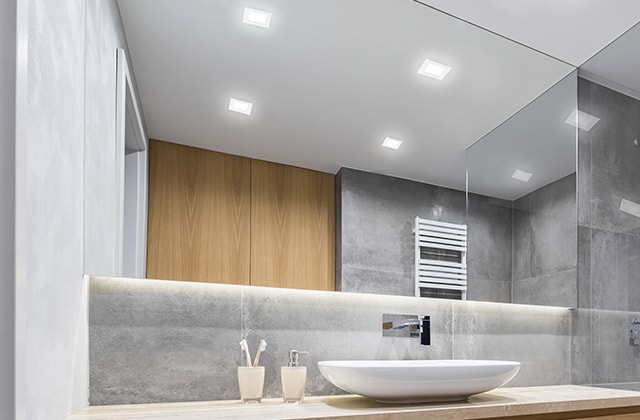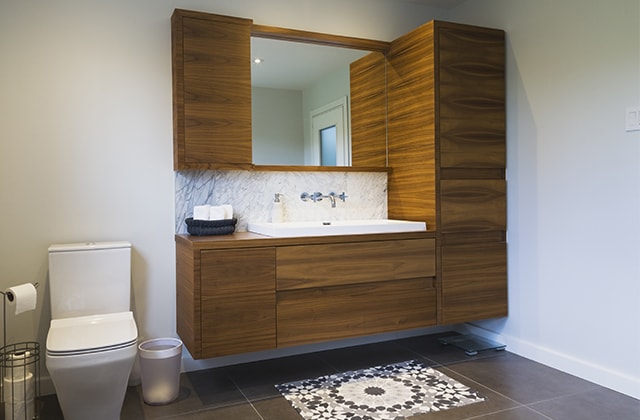Choose a low-flow toilet
The toilet is generally the fixture that consumes the most water in the home. New toilets that are not much more expensive generate major water savings, reducing the impact on this valuable resource.
Our recommendations:
- Certified WaterSense toilets among RONA ECO-approved products use 20% less water than non-certified models.
- Installing a toilet with a 4.8 L tank saves 50% or more of the water used by a standard 13-L model.
- Installing a dual flush toilet save over 66% of the water of a standard toilet if the dual flush function is used optimally.






















